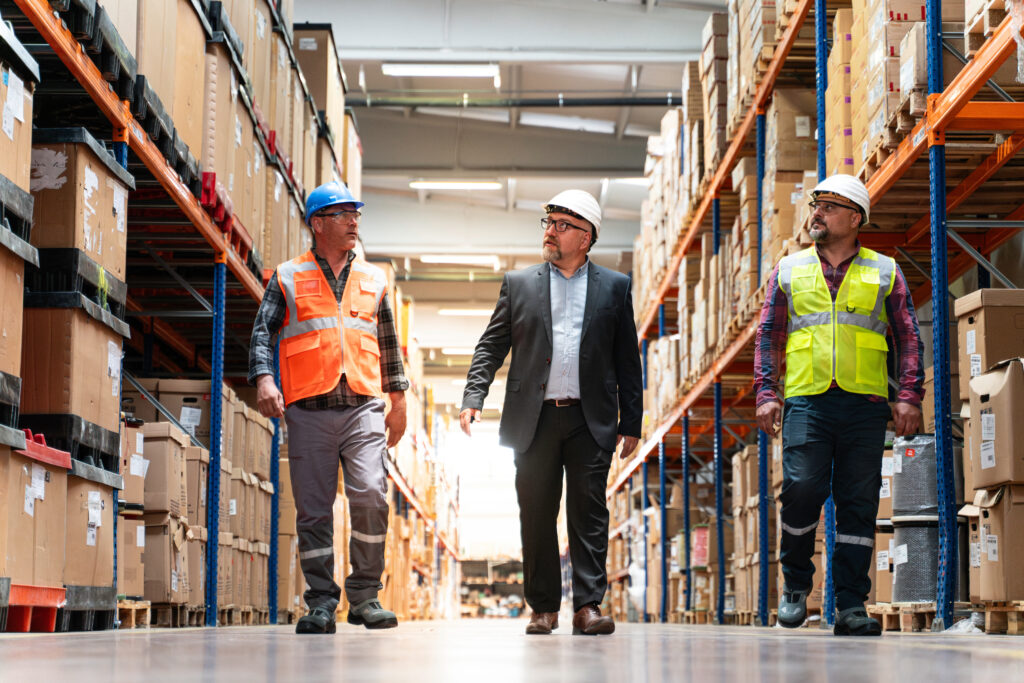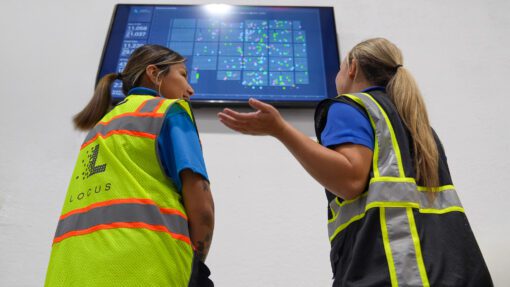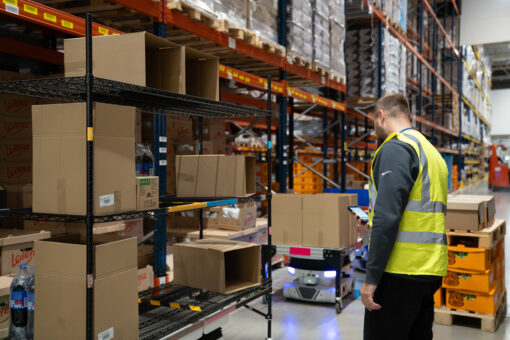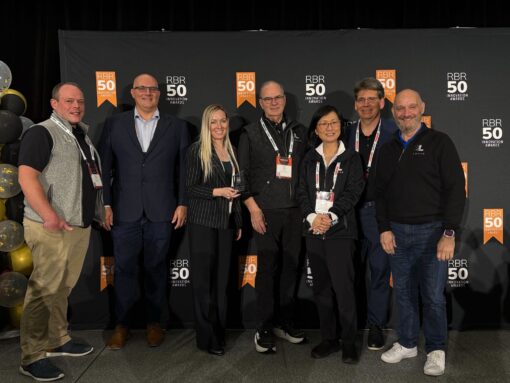WP: How to achieve 400 UPH with Locus Fast Pick
WP: How to achieve 400 UPH with Locus Fast Pick Download Now!
Why Warehouse CFOs Should Choose P2G Over Other Automation Solutions
Dustin Pederson, Chief Financial Officer

When evaluating warehouse automation solutions, CFOs must consider more than what may seem obvious. Short and long-term financial impact, flexibility, and risk mitigation all play critical roles in determining the best automation path forward. While Automated Storage and Retrieval Systems (ASRS) and Goods-to-Person (G2P) solutions have been used for years, Person-to-Goods (P2G) automation offers distinct financial advantages that make it a compelling choice, particularly for third-party logistics (3PL) providers and warehouses with variable demand.
Faster ROI
One of the primary considerations for any CFO assessing automation is return on investment (ROI). With ASRS and G2P systems, the payback period is often measured in years due to the significant capital outlay and lengthy implementation time. P2G, particularly through Robots-as-a-Service (RaaS) models, accelerates ROI, often achieving a payback in under 12 months due to significantly lower annual payments and relatively short implementation times. The ability to implement automation without a large upfront investment frees capital for other strategic initiatives.
Barbara Porter, COO of Fragrance.com was recently on the “Warehouse Automation Matters” podcast, and she stated that with autonomous robots, her “break-even point was a very short period of time. When we looked at some of the other solutions out there that cost seven or eight figures to implement, a break-even period was going to be five to seven years. It was a fraction of that with the solution we chose.”
Scalability and Flexibility
Warehouses experience fluctuations in demand due to seasonal peaks, new contracts, or shifting customer needs and CFOs should look for automation capacity that will best align with warehouse demand. ASRS and G2P systems require extensive infrastructure and are not easily adjusted once implemented. In contrast, P2G solutions scale dynamically, allowing businesses to increase or decrease their automation footprint in response to changes in warehouse volumes. This agility is particularly valuable for 3PLs that operate predominately in leased buildings and have end customer contracts that are typically seven years or less.
Beyond volume fluctuations, P2G also adapts to changes in SKU profiles. In industries where product assortments shift throughout the year, ASRS solutions may require reconfiguration or different bin sizes to accommodate new inventory. P2G operates independently of bin structures, allowing for seamless transitions as inventory needs evolve.
Risk Mitigation and Financial Stability
One of the biggest financial risks in warehouse automation is investing heavily in a fixed system that may not align with future business conditions. 3PLs, for example, rely on contracts with customers that can change over time. If a major customer leaves, an ASRS investment could become a stranded asset that sits on the balance sheet and drags down financial metrics such as return on asset (RoA) and other measures of profitability. With P2G’s ability to scale automation up or down with business needs, this risk is minimized, preventing warehouses from being locked into long-term infrastructure that may not always be fully utilized.
Additionally, business continuity is a key factor in financial stability. Unlike ASRS, which may experience significant downtime if a component fails, P2G solutions are highly resilient. If one robot goes offline, the system continues operating without major disruption. Some P2G solutions even function during temporary internet or power outages, ensuring fulfillment operations remain on track.
Cost Structure and Cash Flow Considerations
CFOs must balance capital expenditures (CapEx) and operating expenses (OpEx) to optimize financial performance. The cost of P2G solutions, particularly those offered through a RaaS model, are generally treated as OpEx; which is more than offset by operating savings.
The cost of capital also plays a significant role in warehouse automation decisions. Businesses with a higher cost of capital benefit from spreading automation costs over time, rather than committing to a lump-sum investment upfront. By financing automation through RaaS, warehouses maintain financial flexibility while gaining efficiency through robotics.
Business Growth and Customer Acquisition
Automation is not just about cost savings; it also influences revenue generation. Many 3PLs use P2G automation as a competitive differentiator when bidding for new business. Demonstrating the use of robotics in fulfillment can provide confidence to prospective customers, reinforcing that the operation is designed for efficiency, scalability, and cost control. Practically speaking, it allows 3PLs to be more competitive in bidding for new business while maintaining a desired margin profile.
How to Make the Right Warehouse Automation Choice
When CFOs are selecting the right automation strategy, they need to assess multiple factors, which can include:
- Labor cost and availability
- Capital availability
- Expected warehouse volume and SKU fluctuations and changes
- Long-term growth plans
P2G solutions provide flexibility in uncertain market conditions, ensuring that warehouses can improve metrics in quality (via reduced error rates), delivery (via increased throughput), and operational efficiency (via improved human pick rates as measured in lines or units per hour; both for inbound and outbound operations).
For CFOs focused on optimizing cash flow, reducing risk, and ensuring their automation investment delivers measurable results, P2G represents a forward-thinking solution. The ability to implement automation quickly, scale as needed and align costs with business cycles makes P2G an ideal choice for warehouses looking to enhance efficiency while maintaining financial agility.
Locus Robotics: The Smarter Path to P2G Automation
Locus Robotics delivers a proven P2G automation solution that helps CFOs achieve faster ROI, operational flexibility, and financial stability. With our scalable, RaaS-based model, businesses can optimize fulfillment efficiency without the burden of a large capital investment.
If you’d like to speak with me on the topic of warehouse automation ROI, my email address is [email protected].
BIO:
With fifteen years of experience in the Enterprise Software and AI, Education, Building Controls, Aerospace, and Transportation Systems spaces, Dustin Pederson has helped companies grow by building and enabling high-performance teams and being involved in all aspects of a business. His roles have included aspects of business leadership, venture fundraising, business planning and analysis, human resources, legal and contracts management, sales strategy and operations, finance, marketing, and facilities management.




